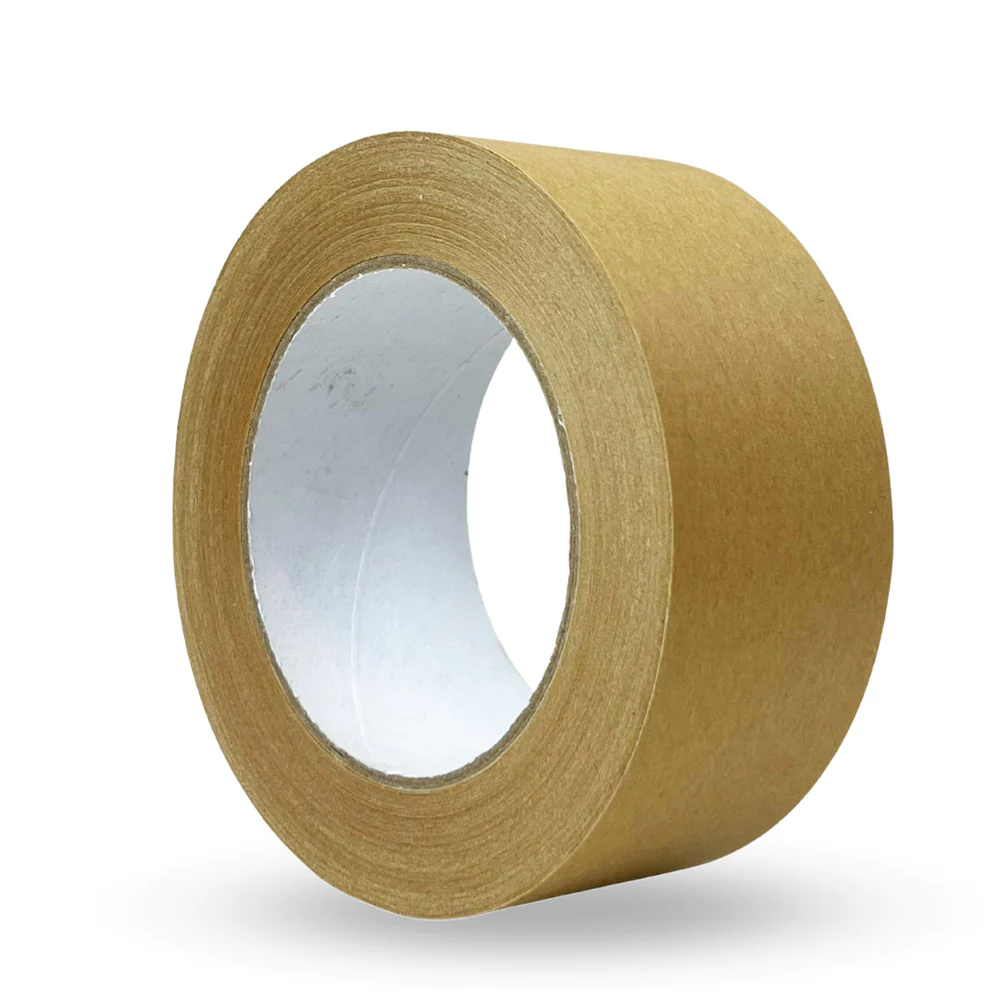How to Find the End of Cello Tape: Quick Tips and Smart Tricks

Struggling to find the end of your cello tape? You’re not alone—and it’s one of the top reasons people reach for a new roll before finishing the old one. At Sands Industries, we don’t just sell premium cello tape and dispensers—we also help you get the most out of them. Read on for practical ways to find the end of your tape roll and save time on every task.
If you’ve ever struggled to find the end of a roll of cello tape, you’re not alone. It’s a common frustration faced at home, in offices, schools, and even warehouses. Cello tape—transparent adhesive tape typically used for packaging, sealing, crafting, and general-purpose sticking—is a simple tool, but when the end disappears into the roll, it can become a real headache.
In this article, we’ll walk you through smart methods, tools, and preventive techniques to help you easily find the end of your cello tape—and never waste time or tape again.
🎯 Why Is the End of Cello Tape Hard to Find?
The answer lies in its transparent nature. Cello tape is made from BOPP (Biaxially Oriented Polypropylene) film, which is smooth, clear, and glossy. When the tape is cut or torn, the loose end adheres back to the roll so seamlessly that it becomes nearly invisible.
Add a bit of static cling, dust, and handling, and suddenly the end blends right in—making it feel like you’re spinning a clear wheel, endlessly.
🔍 Step-by-Step: How to Find the End of Cello Tape
Here’s a methodical way to locate the end without damaging the tape:
1. Look Closely Under Light
Tilt the tape roll under a bright light source (like a desk lamp or sunlight). The overlapping layers often create a tiny ridge or shadow. Slowly rotate the roll—your eye will eventually catch a faint line where the end is.
2. Feel for the Edge with Your Fingertip
Use the pad of your finger (not your fingernail) to gently circle the outer edge of the tape. The end usually has a slight bump or roughness you can feel. Try not to press too hard or you may wrinkle or tear the tape.
3. Use a Sharp Tool Cautiously
If you’re really struggling, take a utility knife, safety pin, or needle, and run it very gently across the roll’s surface. Be careful not to scratch the adhesive. This technique can help you lift the edge without wasting tape.
4. Blow Light Air or Use a Sticky Note
Sometimes, gently blowing air across the surface or tapping a small piece of sticky paper to the roll can help you spot the end through contrast or a slight lift in the edge.
🧰 Tools That Help Find and Use Cello Tape Easily
To make tape usage smoother, consider using:
✅ Tape Dispenser
A cello tape dispenser keeps the roll steady and helps you see and cut tape more cleanly. The built-in blade also means you don’t have to search for the end every time.
✅ Tape Markers
Place a small folded tab of paper or use a piece of paperclip at the end after each use. It acts like a mini-flag that won’t stick back to the roll.
✅ Colored Edge Tape
Some brands offer cello tape with a faintly colored edge to help identify where it ends. It’s not completely invisible, but it’s extremely practical.
🛠️ How to Prevent This Problem in the Future
✔️ Always Fold the Tape Back
When you finish using the tape, fold the edge back onto itself to create a tiny tab. This simple habit saves time and frustration every single time.
✔️ Use a Tape Stopper or Flag
Stick a small tab or stopper on the end of the tape so it doesn’t glue itself back down. This is especially helpful in humid or dusty environments.
✔️ Store Tape Vertically
Keep your tape rolls upright in a container or drawer. This prevents weight from pressing down on the end and sealing it tightly.
🧠 Pro Tip from Warehouses & Offices
Professional packers and office managers often recommend keeping a small damp cloth nearby. If you lightly run this cloth over the roll’s edge (without soaking), the slight moisture can help the layers separate—making it easier to spot the end.
Also, in bulk environments, staff often mark the ends of multiple tape rolls during inventory to save time later.
🧩 Final Thoughts
Finding the end of cello tape can be surprisingly annoying—but with the right lighting, touch, tools, and habits, it becomes a non-issue. Whether you’re wrapping gifts, sealing boxes, or preparing for a craft project, knowing how to handle your cello tape like a pro can save time, tape, and even your patience.
So next time the end disappears, don’t reach for another roll. Try the methods above—and maybe fold that edge back when you’re done. Your future self will thank you.
In a fast-paced warehousing or packaging environment, even small delays—like struggling to find the end of a tape roll—can add up to lost time and lower productivity. At Sands Industries, we train our 3PL teams with these exact techniques to improve speed, efficiency, and output. Here’s how your staff can do the same.
